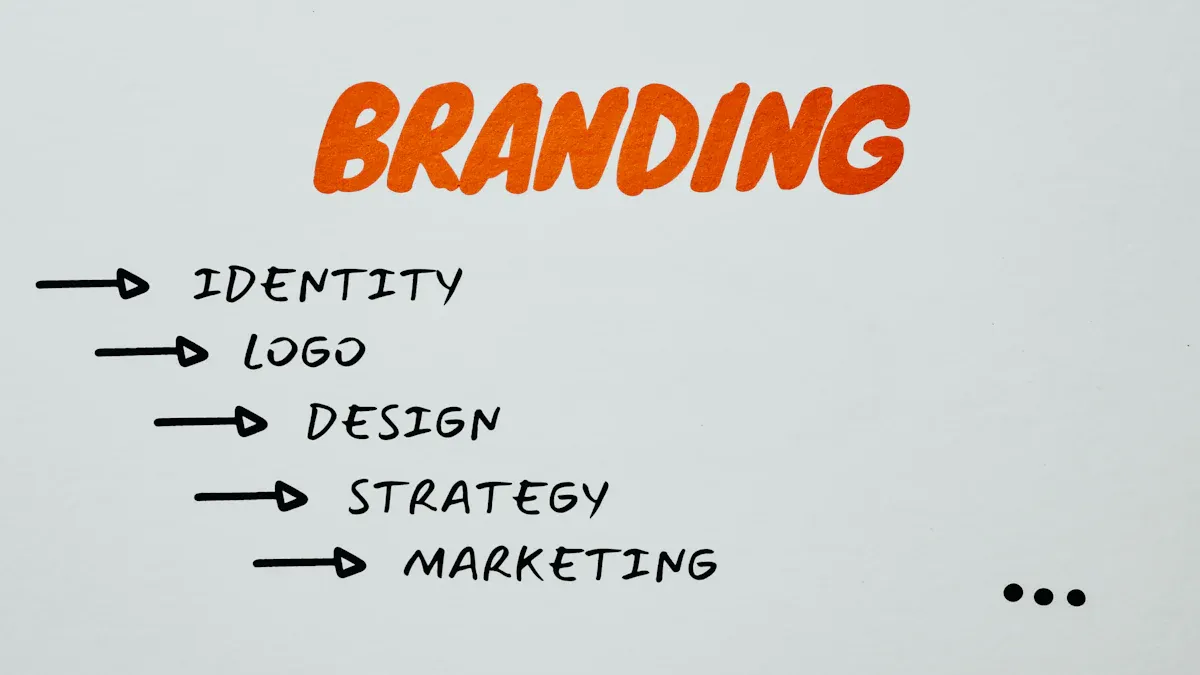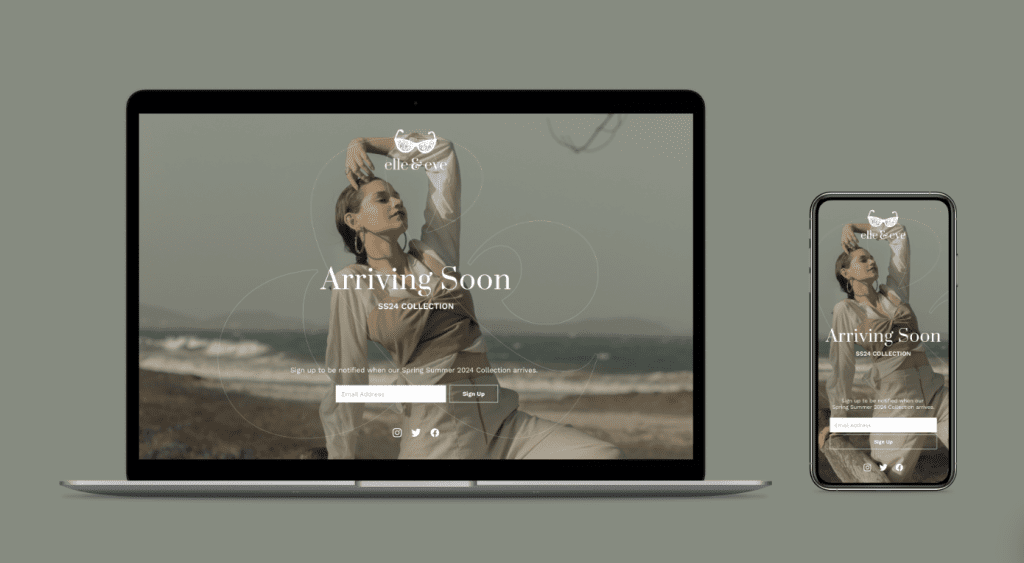
Top 7 Website Design Mistakes Small Businesses Make
Table Of Contents
Top 7 Website Design Mistakes Small Businesses Make (And How to Avoid Them)
Your website is the digital storefront of your small business. It can be the last touchpoint turning prospects into customers. But you have to get it right.
It’s easy to fall into common design traps that can hurt your credibility, frustrate users, and cost you sales. Let’s explore the top seven website design mistakes small businesses make and how you can avoid them.
1. Cluttered and Overwhelming Design
The Problem: Trying to cram too much information, imagery, or functionality onto your website can overwhelm visitors and make it difficult for them to find what they need. Too many elements can cause cognitive overload, which will lead more users away from your conversion goals.
The Fix: Embrace simplicity. Use white space effectively, prioritize the most important information, and guide users with clear navigation. As Steve Jobs said, “Simplicity is the ultimate sophistication.”
Quick Tips:
- Limit your use of colors and fonts to create a cohesive look.
- Use a visual hierarchy to direct attention to key elements like CTAs (calls-to-action).
- Avoid pop-ups or auto-play videos that disrupt the user experience.

2. Ignoring Mobile Users
The Problem: A website that doesn’t function well on mobile devices alienates a significant portion of your audience. According to Statista, over 54% of global web traffic comes from mobile devices. For local companies that’s more like 80-90%.
The Fix: Ensure your website is mobile-friendly by using responsive design. Test your site on various devices to confirm it looks and performs well across all screen sizes.
Quick Tips:
- Use larger buttons and readable fonts for mobile users.
- Ensure images and videos scale properly without distorting.
- Optimize for fast loading on mobile networks.

3. Slow Loading Speeds
The Problem: Websites that take longer than three seconds to load can lose up to 40% of visitors. Slow speeds can result from large images, outdated code, or too many plugins.
The Fix: Prioritize performance optimization. Compress images, use a reliable hosting provider, and minimize unnecessary scripts or plugins. If you’re building your own site services like Wix and Framer are all set up to deliver optimized experiences.
Quick Tips:
- Use tools like Google PageSpeed Insights to diagnose issues.
- Leverage caching to improve loading times for repeat visitors.
- Use a Content Delivery Network (CDN) to speed up global access.
4. Unclear Calls-to-Action (CTAs)
The Problem: If visitors don’t know what action to take next, they’re unlikely to convert. Common mistakes include too many competing CTAs or vague language like “Click Here.”
The Fix: Make your CTAs clear, actionable, and strategically placed. Each page should have a specific goal and direct users toward it. You should have a primary CTA (the main one you want people to click, like an appointment booking), as well as a secondary CTA (like a video or guide), and maybe even a tertiary CTA (like a form).
Quick Tips:
- Use action verbs like “Sign Up,” “Buy Now,” or “Get Started.”
- Use contrasting colors to make CTAs stand out.
- Place CTAs above the fold and at natural stopping points on the page.
- Design assets so that the CTA is highlighted and messaging is reinforced.

5. Neglecting SEO Basics
The Problem: A beautifully designed website is useless if no one can find it. Neglecting search engine optimization (SEO) means your site won’t rank well in search results.
The Fix: Incorporate basic SEO practices into your design process. This includes optimizing page titles, meta descriptions, and alt text for images.
Quick Tips:
- Conduct keyword research to target relevant search terms.
- Use a clear URL structure (e.g., www.yoursite.com/services).
- Ensure your website is fast and mobile-friendly—both are SEO ranking factors.
6. Poor Navigation
The Problem: Confusing menus, hidden links, or too many navigation options can frustrate visitors and increase bounce rates.
The Fix: Design intuitive navigation that helps users find information quickly and easily. Think about how your customers typically search for information and structure your menu accordingly.
Quick Tips:
- Limit your main navigation menu to 5-7 items.
- Include a search bar for users who know exactly what they’re looking for.
- Use descriptive labels like “Our Services” instead of vague terms like “Explore.”
7. Outdated Content and Design
The Problem: Outdated content or an old-fashioned design can make your business seem irrelevant or untrustworthy. Stale blog posts or broken links further degrade the user experience.
The Fix: Keep your content fresh and your design modern. Regularly update your blog, services pages, and imagery to reflect your current offerings.
Quick Tips:
- Perform regular audits to check for broken links and outdated information.
- Align your website design with your current branding.
- Update testimonials and case studies to showcase recent successes.
Your website should be a growth engine for your small business, not a hurdle. By avoiding these common design mistakes, you can create a site that attracts visitors, builds trust, and drives conversions.
If your website is falling short, it might be time for a redesign. Partnering with experienced designers ensures your site not only looks great but also performs well for your business goals. After all, a well-designed website is one of the best investments you can make.








